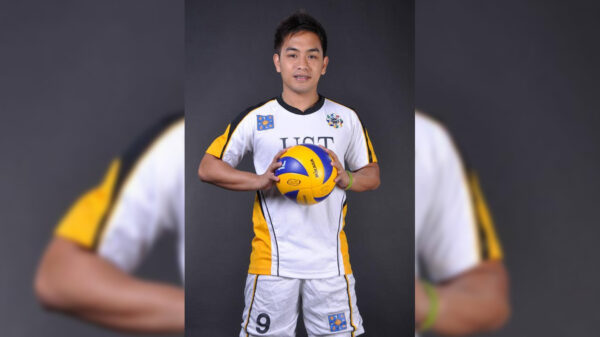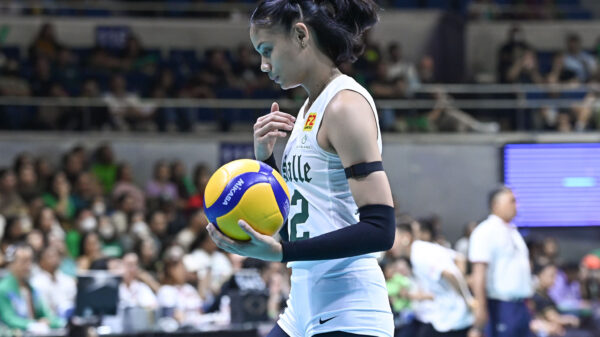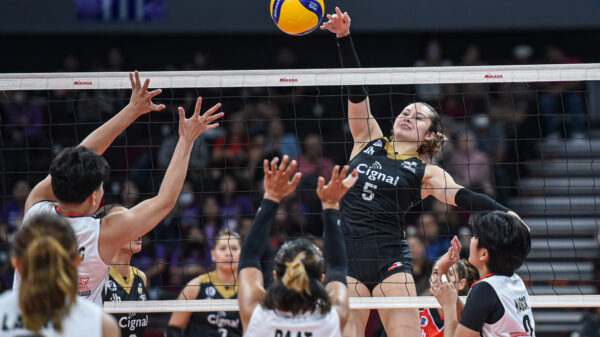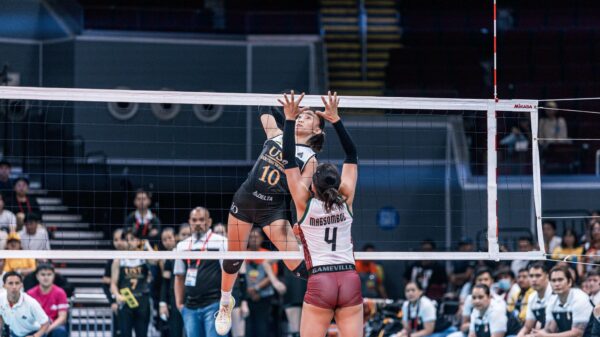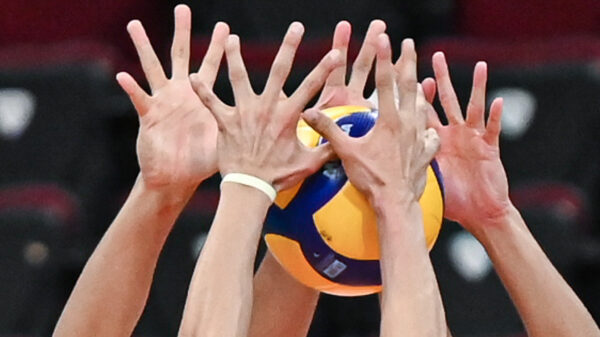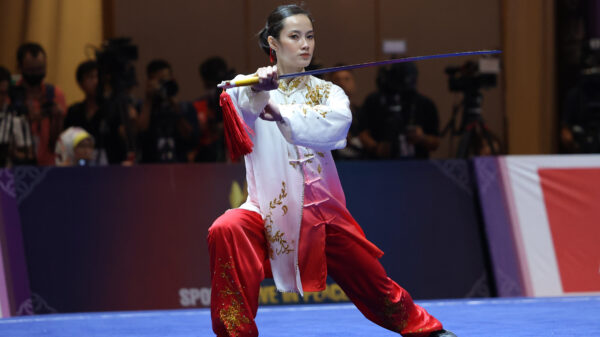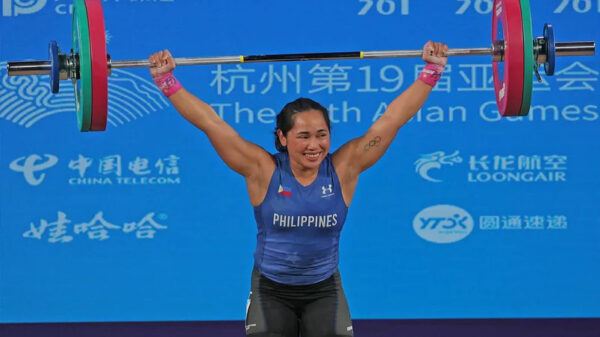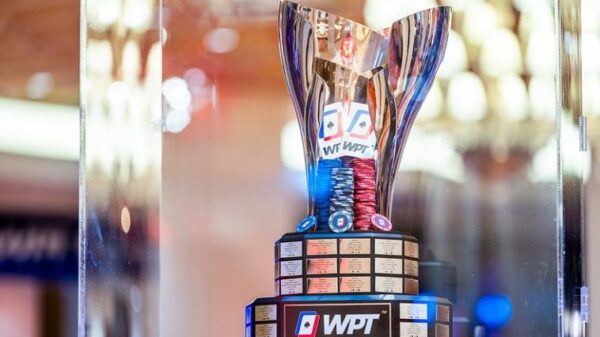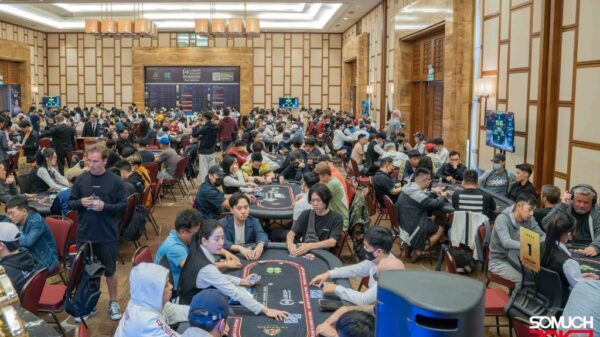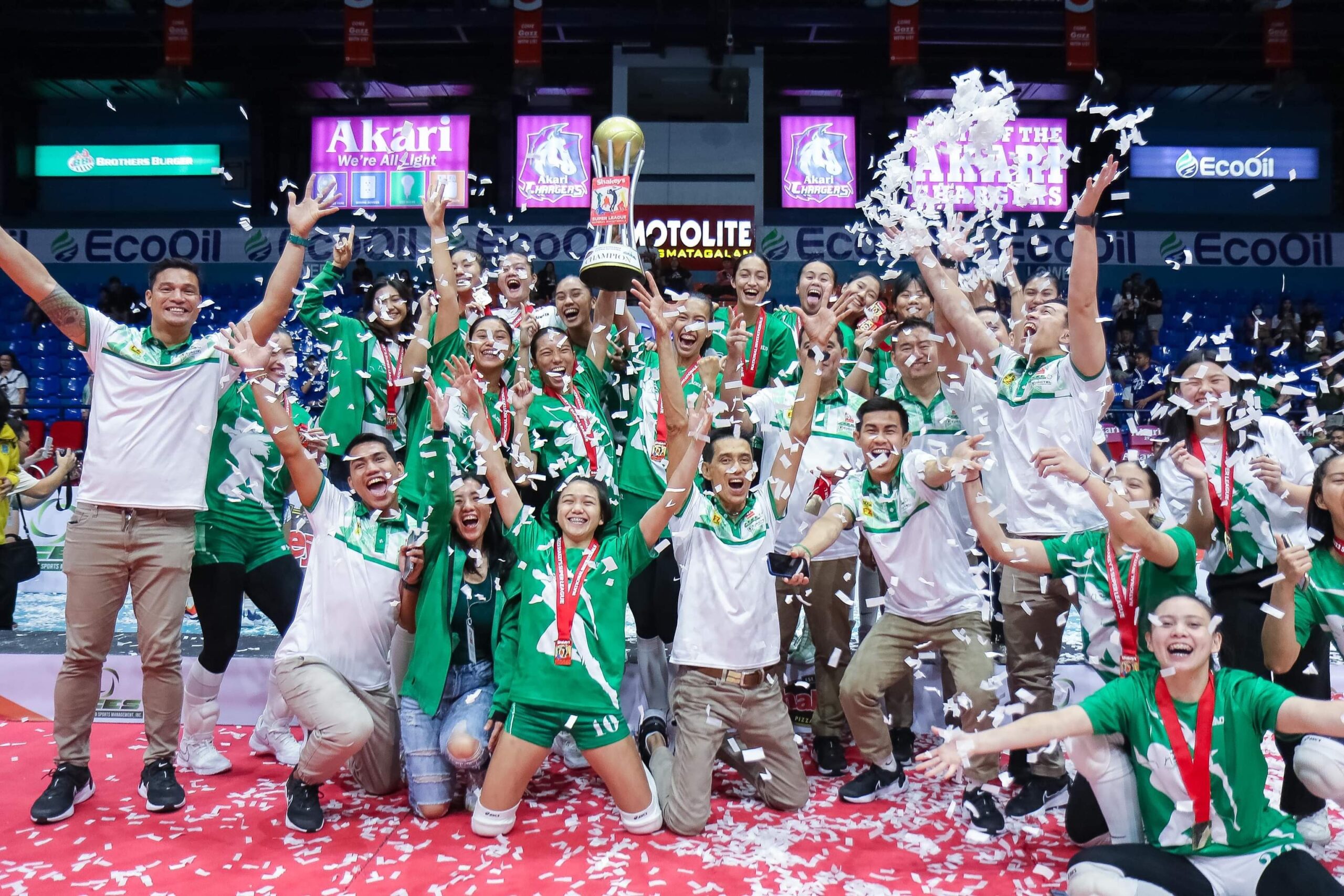More than clinching the title, De La Salle University has accomplished its primary mission in the Shakey’s Super League National Invitationals: Identifying the lapses it needs to address.
Lady Spikers assistant coach Noel Orcullo considered their first title conquest as a reward for his wards’ hard work but at the same time pinpointed what they need to improve on heading to their repeat campaign in the University Athletic Association of the Philippines Season 86 next year.
La Salle came back from a 0-1 best-of-three finals series deficit after dominating Adamson University in the last two matches capped by a 25-19, 25-22, 25-17, win in Game 3 last Sunday at the FilOil EcoOil Centre in San Juan.
“It’s great because at least we saw our mistakes and lapses, those things we need to adjust going to the UAAP. (This championship) really is just a bonus,” Orcullo said of the Lady Spikers’ redemption after a runner-up finish in last year’s SSL Collegiate Preseason Championship.
“We didn’t expect to become champions but here we are.”
La Salle, although favored to win it all, came into the tournament missing the key players who delivered its 12th UAAP crown, including reigning Rookie of the Year and Most Valuable Player Angel Canino.
But playing sans Canino, who was reduced to a mere spectator after getting the green light to take a much-deserved rest, opened up an opportunity for the likes of sophomore Shevana Laput, Amie Provido and Alleiah Malaluan to step up.
The 6-foot-3 Filipino-Australian Laput showcased her wares and was consistent on offense even averaging 20.3 points in the finals on her way to claiming the tournament MVP and Best Opposite Spiker awards.
Malaluan, who was barely used during La Salle’s UAAP championship run due to a minor knee injury, contributed well on offense and was awarded 2nd Best Open Hitter.
Provido, on the other hand, provided solid support to veteran middle Thea Gagate at the net as both players captured the Best Middle Blocker awards.
The Lady Spikers did cruise in the group stage up to the quarterfinal but faced a tough challenge against a young and gritty University of Santo Tomas side led by Regina Jurado and rookie Angeline Poyos in the semifinal.
La Salle needed to save three match points in the fourth set and seven more in the extended fifth set before surviving the Tigresses for a collision course with the Lady Falcons.
Despite still rebuilding after an exodus of its core veterans, Adamson pulled off a shocker in the finals series opener after beating La Salle in five sets that saw the Lady Falcons erase a nine-point deficit in the fourth frame before stealing the win in the extended decider.
“When we lost Game 1 we reminded them that we’re not going to the next game just to lose. We’ll be there to win,” Orcullo said.
And the Lady Spikers responded with a straight sets result in Game 2 last Saturday to force a rubber match the following day.
“After our Game 2 win we again reminded them that we’ll show up to win. That they need to up the ante of their intensity. And we got a good result,” he added.
Still, Orcullo saw a lot of facets in La Salle’s game that needed to be sharpened and improved.
The long-time deputy of head coach Ramil De Jesus particularly mentioned the Lady Spikers’ connection with setters Julia Coronel, July Tolentino and Ela Raagas.
La Salle is looking to build chemistry with its remaining setters after top playmaker Mars Alba exhausted all her playing eligibility.
“My assessment is that we have a lot of adjustments to make in terms of connection with our setters. We had a three-setter rotation but were still looking for that solid connection,” Orcullo said.
He added that they are also working on strengthening the libero spot with veteran Justine Jazareno’s status with the team still uncertain. Jazereno, who skipped the tournament, is reportedly jumping to the pro ranks.
“At the same time, we’re still looking for someone who will fill the libero spot in the team. We have (Matet) Espina (and Lyka De Leon) but we need to see our liberos double their efforts to make good connections with the setter. Also, at the same time, the setter must be able to connect with the spiker.”

